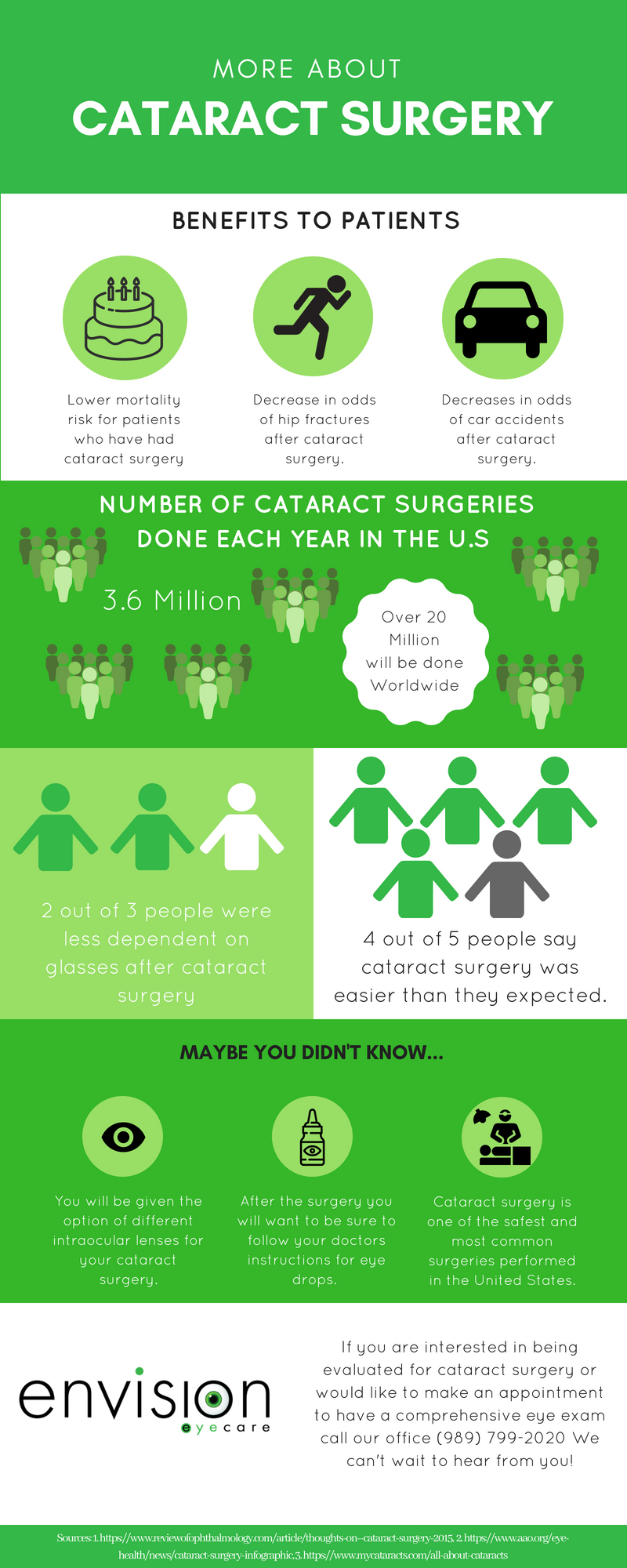Exactly How Astigmatism Impacts Vision - Common Misconceptions And Misunderstandings

Article created by-Basse Chen
Astigmatism is an usual eye condition that blurs range and near vision. It takes place when the front surface of your eye (cornea) isn't evenly rounded, but instead formed like an egg or a football. This irregularity influences exactly how your eyes bend light, causing blurry vision.
It is very important to have a comprehensive eye test to identify astigmatism early as well as manage it with prescription lenses or LASIK surgery. This can reduce the need for squinting, which can trigger chronic eye stress.
Misconception 1: Astigmatism is brought on by scrunching up your eyes
Unlike the majority of eye issues, astigmatism is not brought on by squinting. Instead, it's the outcome of abnormalities in the eye's cornea as well as lens that cause blurred vision.
Generally, the cornea and lens at the front of your eye have a round shape that permits light to concentrate sharply on the retina at the back of your eyeball. With astigmatism, the cornea and lens have more of an elongate shape, triggering light to bend erratically when entering your eye. This can cause your vision to be blurry in all ranges.
People with astigmatism may squint to try to enhance their blurred vision, which can result in eye strain as well as migraines. It is essential to see a skilled eye care expert asap if you observe squinting or various other indicators of astigmatism. Your eye doctor can advise corrective glasses or contact lenses to aid you see plainly whatsoever ranges. Astigmatism is one of the most usual refractive mistakes that robs people of clear vision, together with myopia (nearsightedness), hyperopia (farsightedness) and presbyopia (aging blur). Suggested Resource site affects adults and kids alike.
Myth 2: Astigmatism is a hereditary condition
Astigmatism is a refractive mistake created when your cornea or lens have an uneven contour. This mismatch triggers light that enters your eye to be curved unevenly, which can cause blurry vision whatsoever ranges. Most people who have astigmatism are born with it, but some might get it from eye injuries, conditions or surgery. Eye treatment specialists aren't certain why the form of one's cornea or lens differs from person to person, but they do recognize that it is genetic as well as can be given via generations.
There are two sorts of astigmatism: regular and uneven. A regular astigmatism suggests that your cornea - the clear front layer of the eye - isn't completely round like a basketball, yet it is more elongated, formed much more like a football. This implies that the light entering your eye strikes the retina at more than one point, which causes blurred or altered vision. The various other sort of astigmatism is uneven astigmatism, which implies that your cornea and/or lens are curved in more than one direction or steeper in the bottom than the top.
Misconception 3: Astigmatism is long-term
A lot of astigmatism is genetic. Yet it can also be brought on by eye injuries, surgery, aging, or scarring. It might even create from the shape of your cornea or lens. The main reason is when the major meridians of your eyes (the steepest and also flattest components) are not vertical per various other. This creates blurred vision because the retina can't focus plainly on the photo.
It's important to see an ophthalmologist if you see any changes in your vision. Motivate gos to can help catch more severe issues, such as keratoconus. This problem creates the cornea to slim and end up being much more cone-shaped. This makes it difficult to see as well as can impact depth assumption. Scrubing Brusco Vision - LASIK Washington DC and DMV can boost your danger for this illness, also. Dry eyes and also allergies can additionally contribute to the trouble. The most common treatment for astigmatism includes corrective lenses, which can consist of glasses or call lenses. Various other choices include orthokeratology, which utilizes inflexible get in touch with lenses to improve the cornea, or laser surgery.
Misconception 4: Astigmatism is painful
The eye is made to filter light into the retina and concentrate it onto the back of the eye (the cornea or lens). When these frameworks are misshapen, nevertheless, vision can be blurry. This refractive error can be remedied with prescription glasses and also call lenses or by having astigmatic keratotomy surgery, which involves making tiny cuts on the steepest curves of the cornea.
The most common sign of astigmatism is obscured vision, which can make it difficult to read or see things in the distance, even when you are sitting near to them. You may also have difficulty judging distances or seeing plainly at night, when you are more likely to experience glare as well as halos around lights.
It is possible to create astigmatism at any age or after an eye injury, but the majority of people are born with this refractive mistake. Astigmatism can intensify as the eyes ages, which is why it is very important to have normal eye tests to find and deal with any kind of changes in your vision.

